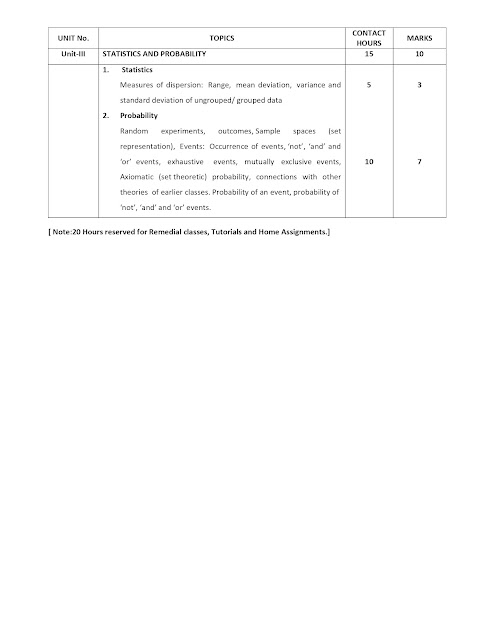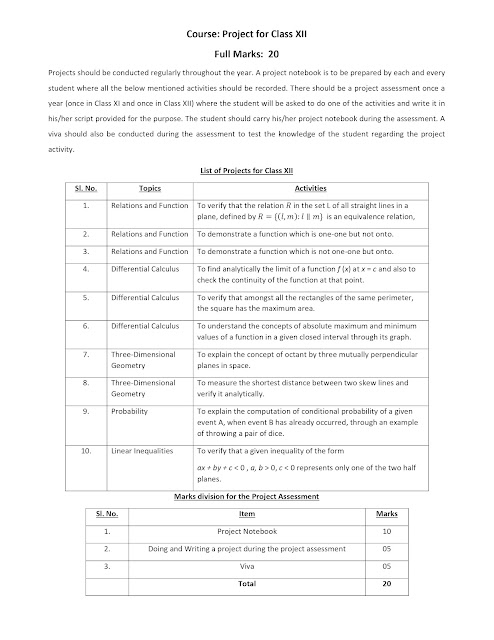As students prepare for their exams under the ICSE and CBSE curricula, mastering essential mathematical concepts is crucial for success. Among these concepts, quadratic equations, arithmetic progressions (AP), and probability hold significant importance. This blog post will explore these topics in detail, providing insights and sample questions to help students effectively prepare for chapter tests.
Understanding Quadratic Equations
What is a Quadratic Equation?
A quadratic equation is a second-degree polynomial equation in the form:
where , , and are constants, and . The solutions to these equations can be found using various methods, including:
- Factoring
- Completing the square
- Quadratic formula:
Sample Questions
- Solve the quadratic equation:
- Factor the quadratic expression:
Key Concepts
- The discriminant determines the nature of the roots:
- : Two distinct real roots
- : One real root (repeated)
- : No real roots
Exploring Arithmetic Progressions (AP)
What is an Arithmetic Progression?
An arithmetic progression is a sequence of numbers in which the difference between consecutive terms is constant. This difference is known as the common difference (). The -th term of an AP can be expressed as:
where is the first term and is the term number.
Sample Questions
- Find the 10th term of the AP: .
- If the 5th term of an AP is 20 and the common difference is 4, find the first term.
Key Concepts
- The sum of the first terms () of an AP is given by:
or
where is the last term.
Diving into Probability
What is Probability?
Probability is the measure of the likelihood of an event occurring, expressed as a number between 0 and 1. The basic formula for probability is:
Sample Questions
- A bag contains 5 red balls and 3 blue balls. What is the probability of drawing a red ball?
- If two dice are rolled, what is the probability that the sum of the numbers is 8?
Key Concepts
- Complementary Events: The probability of an event not occurring is .
Conclusion
Mastering quadratic equations, arithmetic progressions, and probability is essential for students in ICSE and CBSE systems. Regular practice with chapter tests will enhance problem-solving skills and boost confidence. Incorporating a variety of question types, from basic to advanced, can further prepare students for their exams.
As you study these topics, remember to review key concepts, practice sample problems, and seek clarification on challenging areas. Good luck with your preparations, and may you achieve the results you strive for in your upcoming exams!














